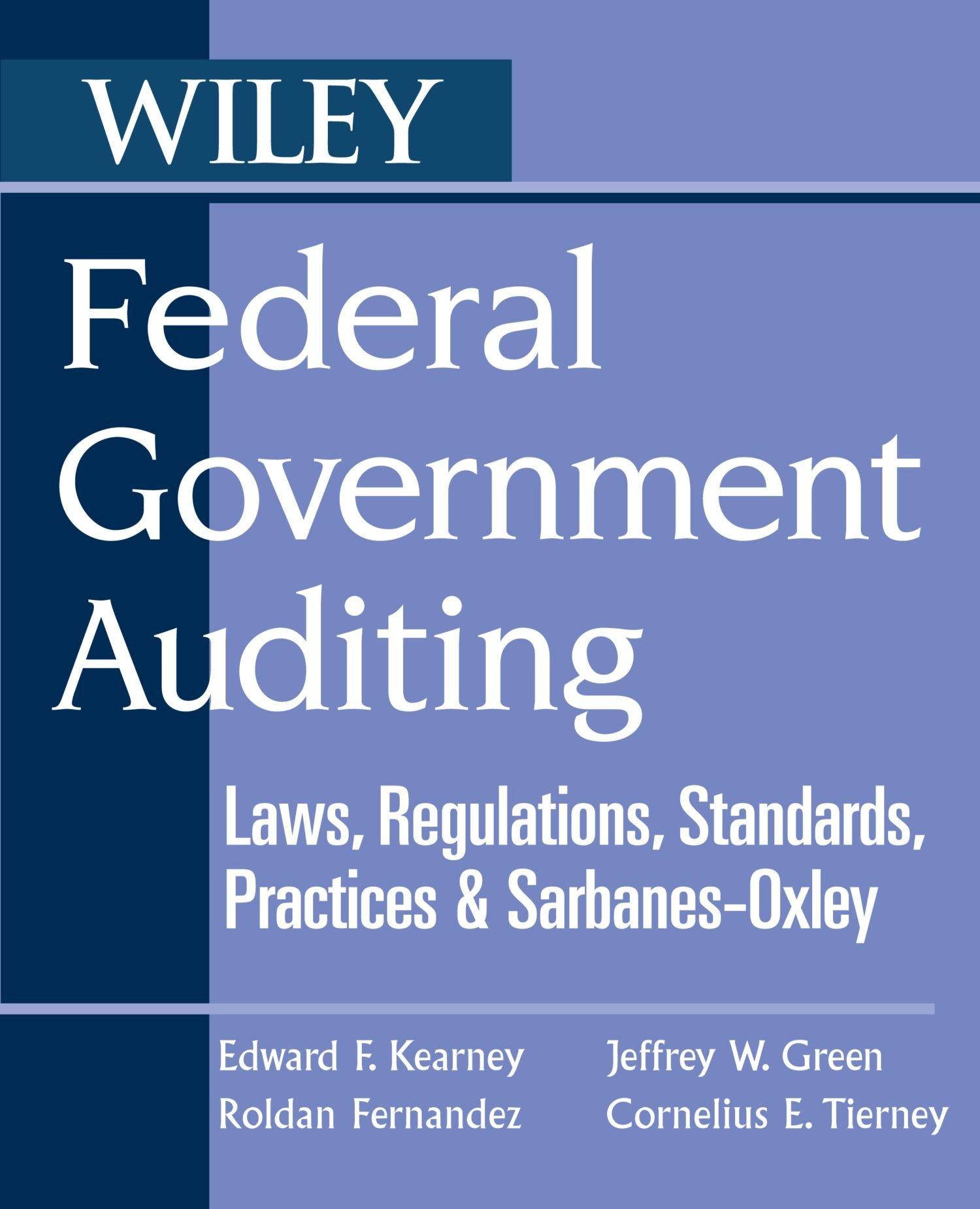Answered step by step
Verified Expert Solution
Question
1 Approved Answer
- X Business Valuation Data Price/Book Value Ratio Return on Equity 1.396 13.006 8.342 11.944 2.092 12.377 6.662 25.134 1.365 8.768 3.269 38.037 2.395 25.636
















Step by Step Solution
There are 3 Steps involved in it
Step: 1

Get Instant Access to Expert-Tailored Solutions
See step-by-step solutions with expert insights and AI powered tools for academic success
Step: 2

Step: 3

Ace Your Homework with AI
Get the answers you need in no time with our AI-driven, step-by-step assistance
Get Started


